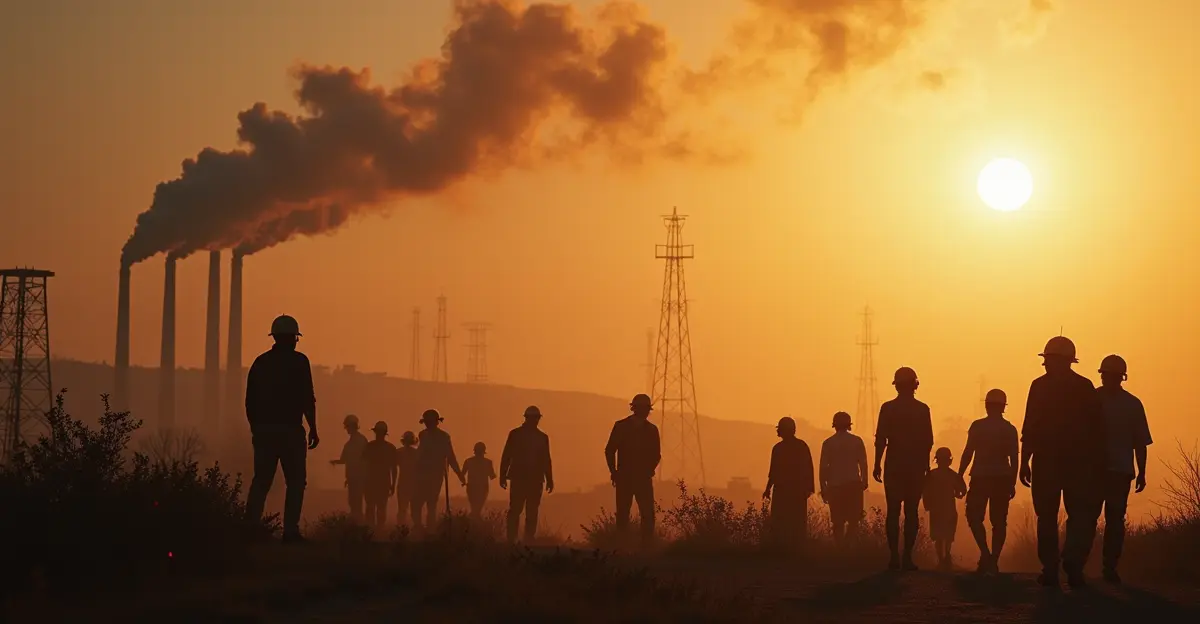
International Climate Negotiations Reach Critical Phase
As the world grapples with increasingly severe climate impacts, international climate negotiations have entered a crucial phase with nations working to establish more ambitious emissions reduction targets. The urgency comes as 2024 was recorded as the hottest year on record, with global temperatures rising more than 1.5°C above pre-industrial levels.
Paris Agreement Framework Under Pressure
The Paris Agreement, signed in 2016 by 196 parties, remains the cornerstone of global climate efforts. The treaty aims to keep global temperature rise well below 2°C above pre-industrial levels, preferably limiting it to 1.5°C. However, current pledges under the agreement would still lead to approximately 2.8°C of warming by the end of the century.
Under the Paris framework, each country determines its own emissions targets through Nationally Determined Contributions (NDCs). These contributions are supposed to become progressively more ambitious over time. The agreement requires countries to submit updated NDCs every five years, with the next major round of submissions due in 2025.
Key Negotiation Points
Current negotiations focus on several critical areas:
- Emissions Reduction Timelines: Many developed nations are pushing for more aggressive 2030 targets
- Climate Finance: Developing countries seek increased funding for adaptation and mitigation
- Loss and Damage: Compensation for climate-related disasters remains contentious
- Technology Transfer: Sharing clean energy technologies with developing nations
Major Players and Positions
The European Union has been advocating for stronger commitments, proposing a 55% emissions reduction by 2030 compared to 1990 levels. China, the world's largest emitter, has pledged to peak emissions before 2030 and achieve carbon neutrality by 2060. The United States, after rejoining the agreement in 2021, has set a target of 50-52% reduction below 2005 levels by 2030.
Developing nations, particularly those most vulnerable to climate impacts, are calling for greater financial support and technology transfer to help them transition to low-carbon economies while addressing adaptation needs.
Scientific Imperative
According to the Intergovernmental Panel on Climate Change (IPCC), limiting warming to 1.5°C requires global emissions to be cut by roughly 50% by 2030 and reach net zero by 2050. Current trajectories show the world is not on track to meet these targets, making the 2025 negotiations particularly critical.
The success of these negotiations will determine whether the world can avoid the most catastrophic impacts of climate change, including more frequent and intense extreme weather events, sea level rise, and ecosystem collapse.

 Nederlands
Nederlands English
English Français
Français Deutsch
Deutsch Español
Español Português
Português







